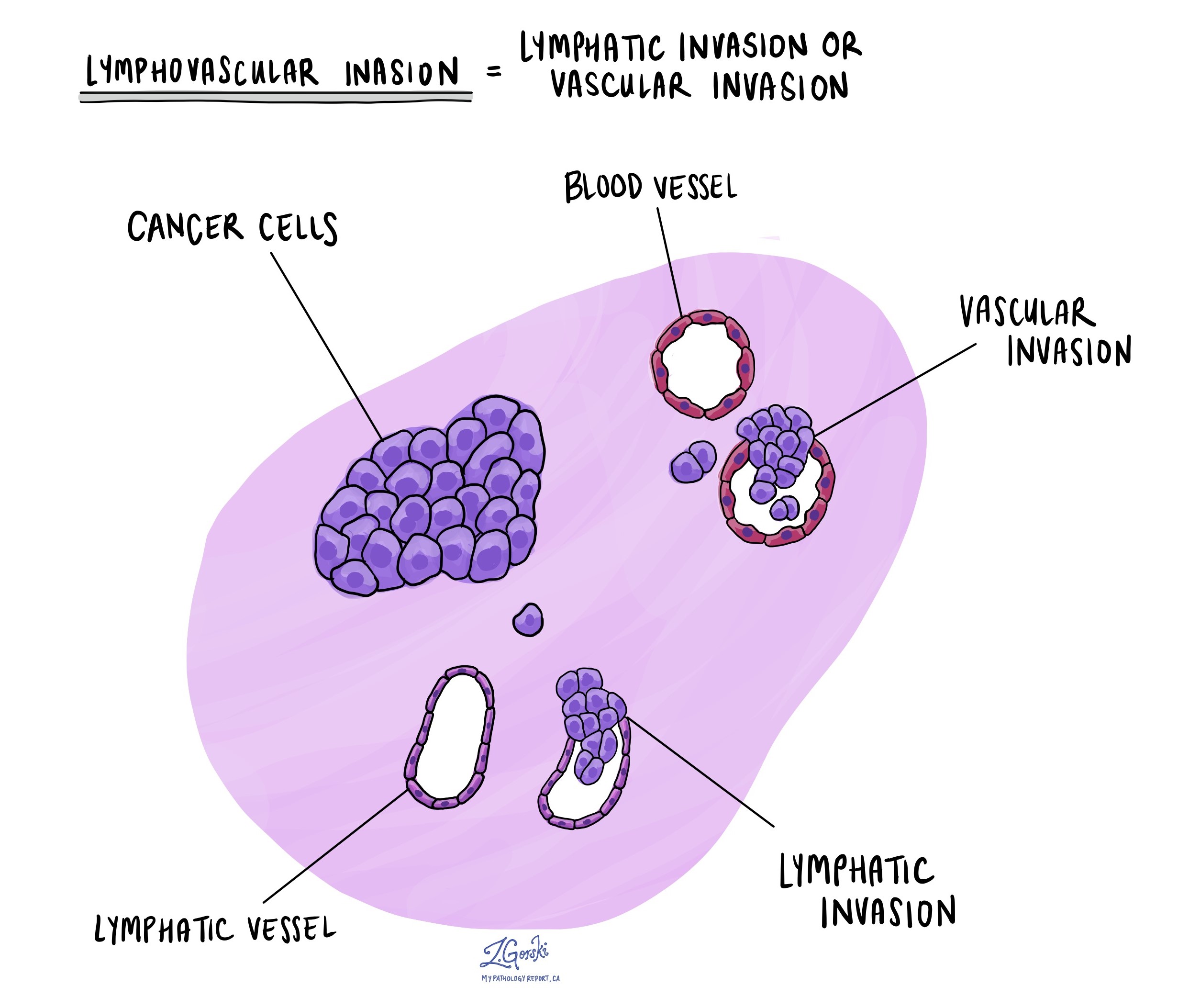Jason Wasserman MD PhD FRCPC
May 22, 2025
High-grade endometrial stromal sarcoma is an aggressive type of cancer that originates from the supportive stromal tissue within the uterus. The term “high-grade” indicates that these cancer cells grow rapidly, appear very abnormal under a microscope, and are more likely to spread beyond the uterus compared to low-grade types.
What causes high-grade endometrial stromal sarcoma?
The exact cause of high-grade endometrial stromal sarcoma is unknown. However, genetic changes, such as specific gene fusions involving genes like YWHAE, NUTM2A/B, ZC3H7B, and BCOR, play a crucial role in its development. Unlike low-grade tumors, there are fewer established risk factors clearly linked to this high-grade form.
What are the symptoms of high grade endometrial stromal sarcoma?
Common symptoms include abnormal vaginal bleeding, pelvic pain or pressure, and a noticeable mass in the uterus. Due to its aggressive nature, symptoms might progress more rapidly compared to low-grade tumors.
What is the difference between high grade and low grade endometrial stromal sarcoma?
The primary differences are in how quickly the cancer cells grow, how they appear under the microscope, and how aggressively they behave. High grade tumors have abnormal-looking cells, grow rapidly, and are more likely to spread to other organs, whereas low-grade tumors grow slowly and resemble normal stromal cells more closely.
How is this diagnosis made?
The diagnosis is confirmed through microscopic examination of tissue obtained from a biopsy or surgery. A pathologist looks for characteristic patterns, such as rapid cell growth, high grade nuclear features, necrosis (areas of dead tissue), and invasion of blood vessels.
What other tests may be performed to confirm the diagnosis?
Additional tests include immunohistochemistry, which detects specific proteins within tumor cells. Common markers for high-grade endometrial stromal sarcoma include cyclin D1, BCOR, KIT, CD56, and CD99. Molecular tests can identify specific gene fusions, such as YWHAE-NUTM2A/B or ZC3H7B-BCOR, further confirming the diagnosis.
Tumour extension
High grade endometrial stromal sarcoma typically invades deeply into the layers of the uterus. The uterus consists of three layers: the inner lining (endometrium), the muscular middle layer (myometrium), and the outer layer (serosa). Initially, the tumor arises from the endometrial stromal tissue and aggressively invades into the myometrium and potentially through the serosa into surrounding pelvic tissues. In advanced cases, it may spread to adjacent pelvic organs such as the ovaries, fallopian tubes, bladder, rectum, or other abdominal tissues.
Margins
Margins refer to the edges of the tissue removed during surgery. Margins are classified as either positive or negative based on whether cancer cells are present:
- Positive margins: Cancer cells are present at the edge of the tissue, indicating that not all of the tumor was removed.
- Negative margins: No cancer cells are present at the edge, indicating complete removal.
Positive margins suggest a higher likelihood of tumor recurrence and might necessitate additional treatment, such as further surgery or radiation. Negative margins indicate that the tumor was successfully and fully removed, decreasing the risk of recurrence.
Types of margins commonly assessed in uterine surgery include:
- Endocervical margin: This is the connection between the uterus and cervix.
- Ectocervical margin: This refers to the outer portion of the cervix.
- Parametrial margin: This includes the connective tissue surrounding the uterus.
- Vaginal margin: This applies if part of the vagina is also surgically removed.
Lymphovascular invasion
Lymphovascular invasion is the presence of tumor cells within blood vessels or lymphatic vessels. Its presence indicates a higher likelihood of cancer spreading beyond the uterus, requiring aggressive monitoring and potentially more intensive treatment.

AJCC stage
The American Joint Committee on Cancer (AJCC) staging system for high-grade endometrial stromal sarcoma includes:
- T category: This describes tumor size and local spread.
- T1: Tumor confined to the uterus (subdivided by size).
- T2: Tumor spreads within the pelvis.
- T3: Tumor spreads to abdominal tissues.
- T4: Tumor invades bladder or rectum.
- N category: This indicates lymph node involvement.
- N0: No lymph node involvement.
- N1: Regional lymph node involvement.
- M category: This indicates distant metastasis.
- M0: No distant spread.
- M1: Spread to distant organs such as lungs.
FIGO stage
The International Federation of Gynecology and Obstetrics (FIGO) staging system categorizes tumors based on their spread:
- Stage I: Tumor confined to the uterus.
- IA: Tumor ≤5 cm.
- IB: Tumor >5 cm.
- Stage II: Tumor extends beyond uterus within pelvis.
- IIA: Adnexal involvement.
- IIB: Other pelvic tissue involvement.
- Stage III: Tumor invades abdominal tissues or lymph nodes.
- IIIA: Single site.
- IIIB: Multiple sites.
- IIIC: Lymph node spread.
- Stage IV: Tumor invades bladder/rectum or distant metastasis.
- IVA: Invasion of bladder or rectum.
- IVB: Distant organ metastasis.
What is the prognosis for someone diagnosed with high grade endometrial stromal sarcoma?
High grade endometrial stromal sarcoma has a less favorable prognosis compared to the low grade variant due to its aggressive nature. Prognosis varies significantly based on the tumor stage at diagnosis. Early-stage disease has a better outlook, but advanced-stage disease or recurrence typically has a poorer prognosis. Treatment often includes aggressive surgery and chemotherapy.
Questions to ask your doctor
- What stage is my high-grade endometrial stromal sarcoma?
- What treatment options are available, and which do you recommend?
- How frequently will I need follow-up appointments?
- What signs or symptoms should I watch out for after treatment?
- Is genetic counseling or testing recommended for me or my family?
- Are there clinical trials or new treatments available that might help me?




